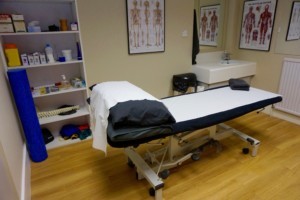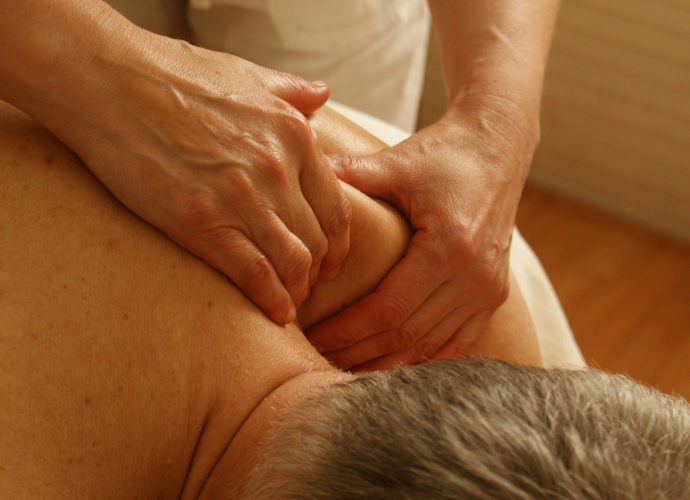Absolutely!
Back pain is a common problem which affects 4 out of 5 of us at any one time. The good news is that 75-90% of people with back pain get better within a few weeks.
Most back pain (85%) is non – specific and can be attributed to the mechanics of your back with a muscle strain or ligament sprain, joint stiffness, muscle weakness e.t.c. Often it can be a multitude of things that can be causing your pain. These may include a lack of exercise, poor posture, sedentary work, repetitive tasks, anxiety and/or stress, picking up heavy objects incorrectly or staying in one position for too long.

Sometimes back pain may continue for longer than expected or may come with some additional symptoms for example pain down the leg or pins and needles. It is important to seek advice from a medical professional to get a clear diagnosis and the quicker you start treatment the quicker you are likely to get better.
Less than 1% of back pain is caused by something serious. It is advised however to seek urgent assessment if you have any of the following symptoms: pins and needles or numbness in both legs, bladder changes with a lack of control or inability to fully empty your bladder, lack of control of your bladder and/or bowels, numbness over or around your genitals, altered gait with a weakness or lack of control of your legs, constant unremitting pain which is worsening with night pain.

There are a number of simple things you can do to help yourself on first developing back pain. The first is not to panic! As advised by your GP or Physio, take some paracetamol or simple pain relief to help with the pain and enable you to keep active. Keeping active is crucial, try and maintain a relatively normal level of activity from going to work to exercising.
Physiotherapy works well for managing back pain. If you see a Physiotherapist in the early stages, this can speed up recovery and also prevent future recurrence. The main goal of Physiotherapy is to assess the problem and provide you with a clear diagnosis and bespoke treatment plan. Most people should get better with about 6 sessions of treatment.
Treatment may include education as to the cause of your pain and advice on simple things you can do to help yourself, Manual therapy (‘hands-on’) treatment like joint mobilisations or massage, an individual exercise programme to help improve strength and flexibility or acupuncture.
Physiotherapy is the 3rd largest health profession after doctors and nurses. You should expect a professional and completely confidential assessment. It may be worth wearing comfortable loose fitting clothes and you may need to remove some clothing so that your back can be observed and assessed effectively.

TOP TIPS for those with back pain:
- Come in for a Physiotherapy assessment sooner rather than later as early intervention should speed up recovery
- Exercise is the best medicine! Keeping active is the most important way to help yourself and prevent joint stiffness and muscle weakness which can then result in ongoing pain.
- Paracetamol or simple pain relief in the acute stages as advised by a health professional can help to keep you moving and more comfortable.
- Avoid sitting still for longer than an hour at any one time. If sitting at a desk, do some simple movements or get up and go get some water or talk to your colleague instead of sending an email. If driving, take regular breaks to get out and stretch your legs.
- Take care when lifting or bending. Use your legs to power you.
- Regularly check your posture when using a computer or sitting in front of the TV. Avoid sitting slumped or on a soft sofa with no support
- Avoid smoking, this impairs your circulation which affects how quickly you can recover from an injury
- Strengthen your core as this can help protect your back
- Sleep! Aim for 7-9 hours a night. Sleep is crucial for restoration.
- Eat a healthy diet and exercise to maintain a healthy weight.
BONUS tip = Talk about your anxieties, worries or fears. These can often exacerbate any pain felt and so often can be alleviated or even resolved through communication and having a support system around you.
Author: Lauren Wolfe
